
The Noble Traveller
CUSTOM | BHUTAN | JOURNEYS
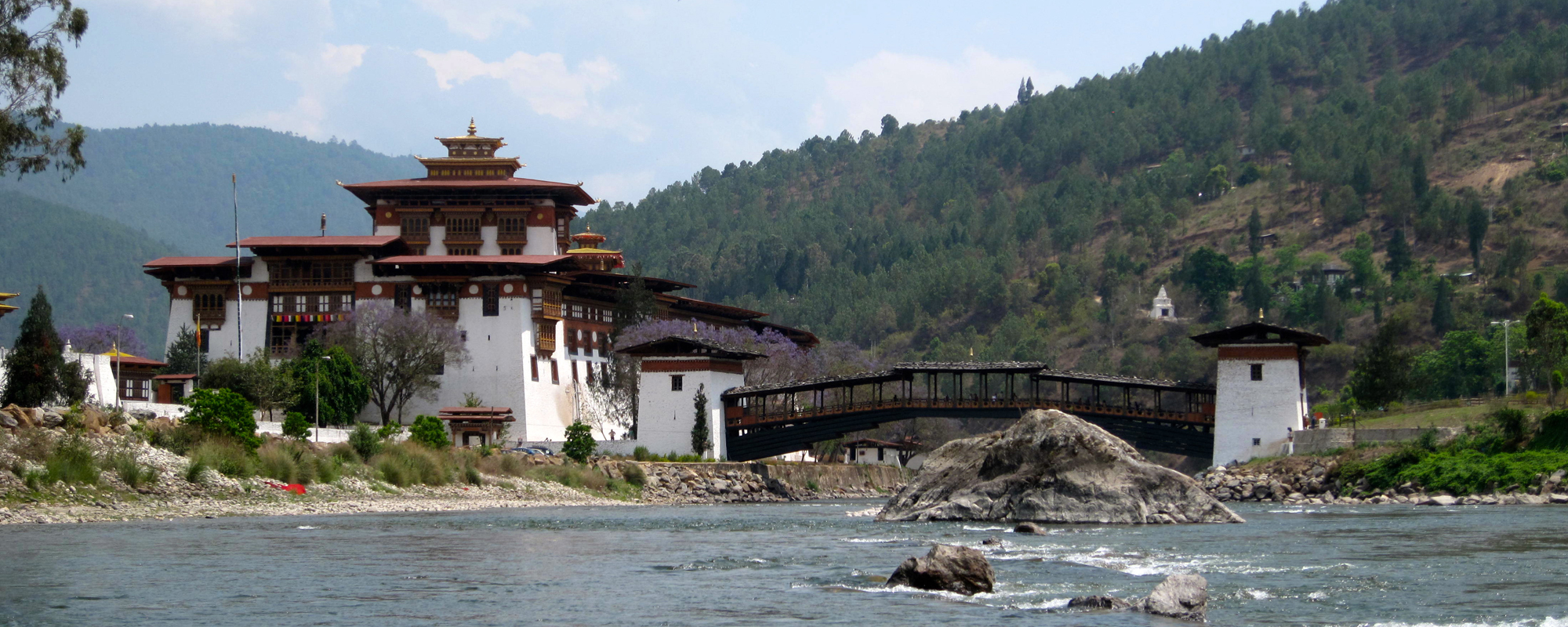
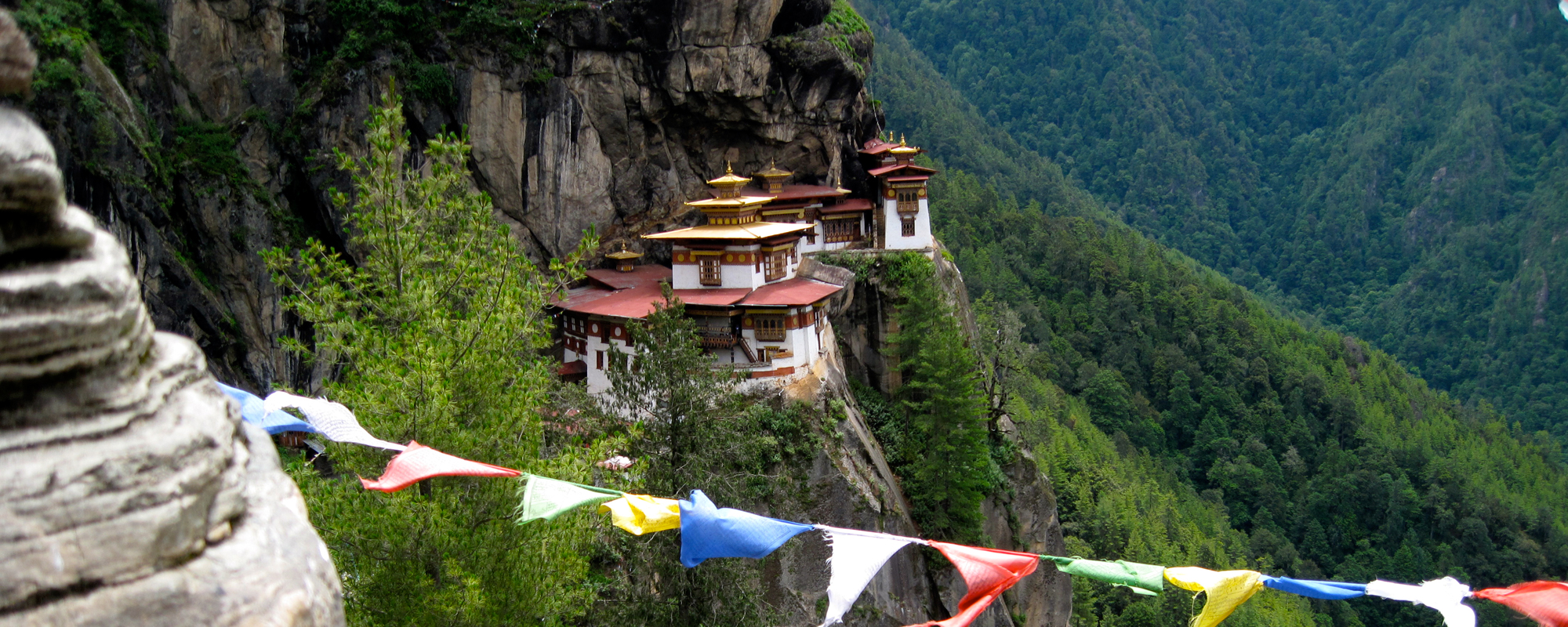
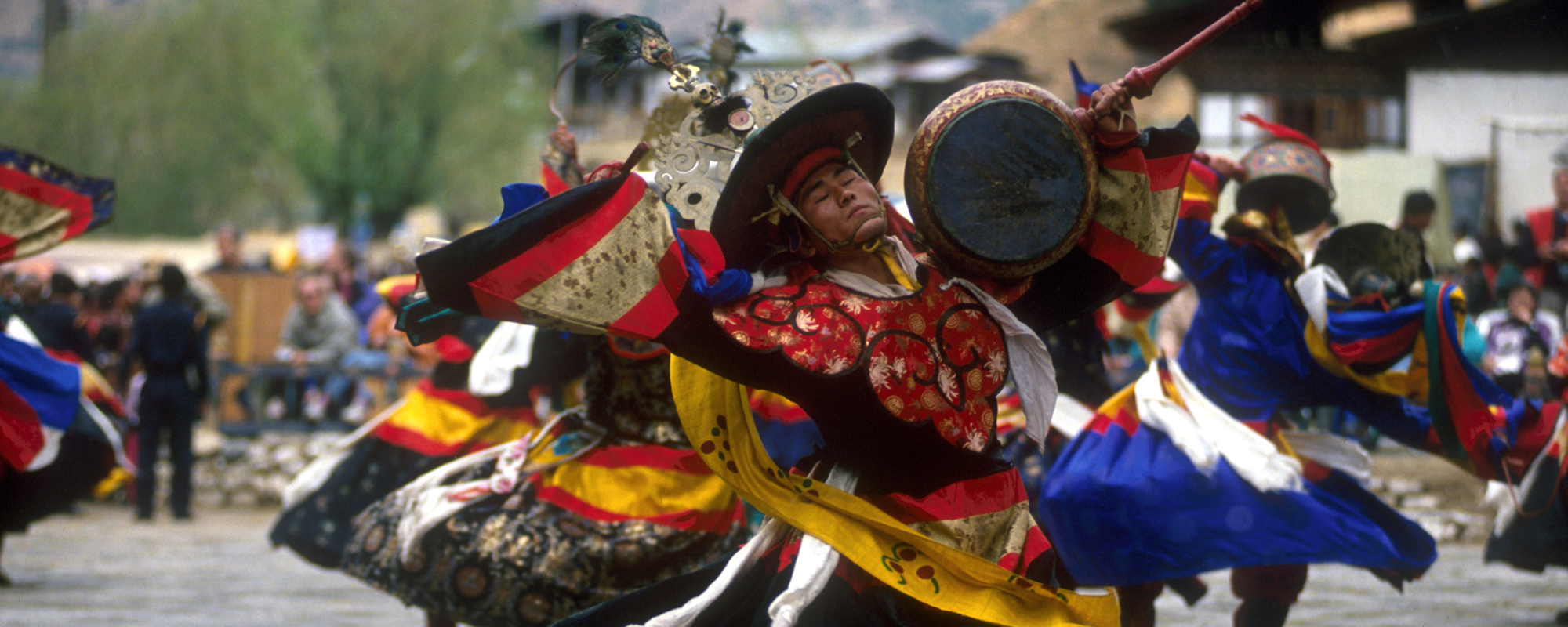
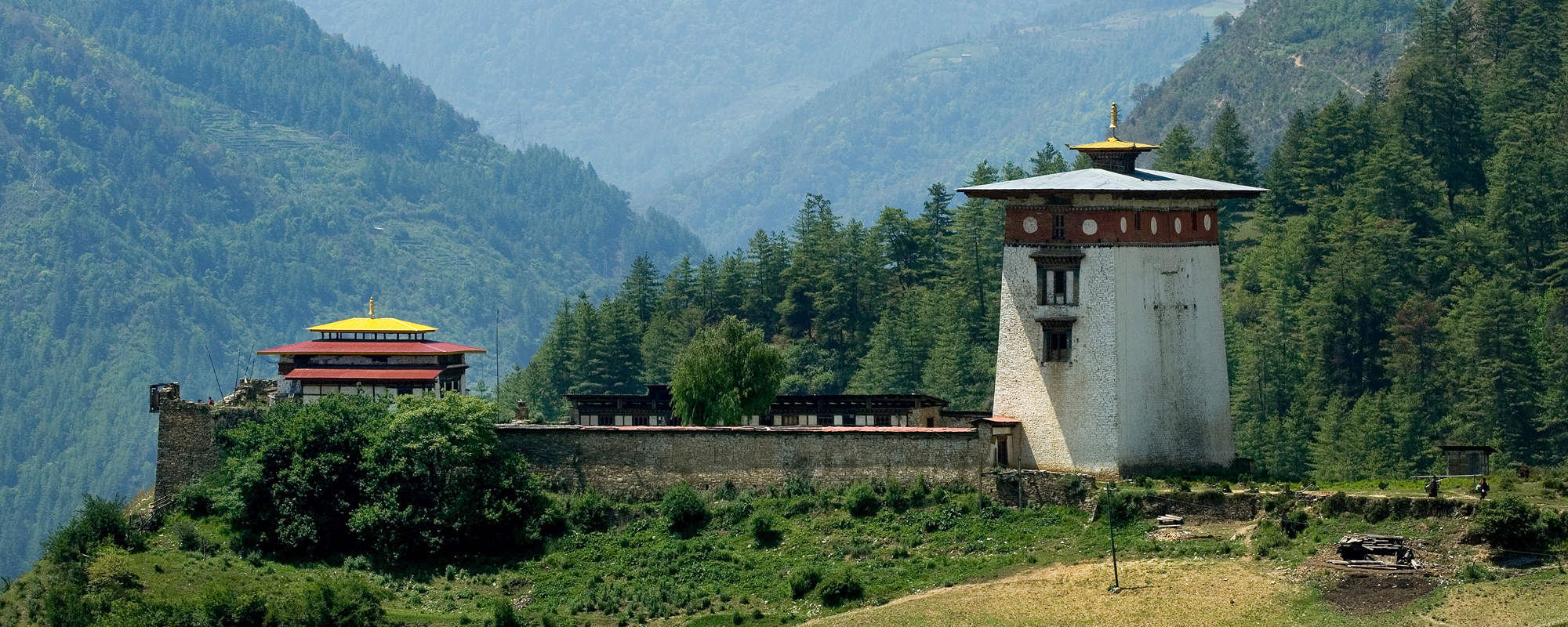

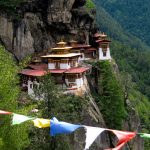
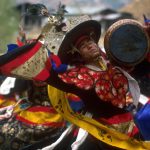
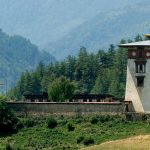
Eastern Bhutan is one of the least explored regions of the kingdom and offers one of most authentic experiences for adventure-oriented tourists. The entire region is awash in unspoiled natural beauty, towering cliffs and pristine forests with great variations in altitude and climatic conditions.
In addition to the regular Buddhist festivals, travellers to Eastern Bhutan will be able to experience some of the country’s most ancient spiritual practices while observing Animistic and Bon religious rituals.
The lush, breathtaking environments of the eastern region make it a perfect location for day hikes or longer treks. Accommodations in this rural area are a bit more Spartan than other parts of country but with the option to either camp out beneath an ocean of stars or experience the unbridled warmth and hospitality of the locals during a homestay you’ll never miss the comforts of your hotel room.
The Eastern circuit includes the districts of Mongar, Lhuntse, Tashi Yangtse, Tashigang and Samdrup Jongkhar.
Trashigang:
Bhutan’s largest river, the Dangmechu, flows through this district. Trashigang town is set on a scenic hillside and was once a bustling trade center for merchants looking to barter their goods in Tibet. Today it is the junction of the East-West highway, with road connections to Samdrup Jongkhar and then into the Indian state of Assam. Trashigang town is also the principle market place for the semi-nomadic people of Merak and Sakteng, whose unique way of dress stands out from the regular Bhutanese Gho and Kira.
Trashiyangtse:
One of the newest dzongkhags (district) in the country, Trashiyangtse was established as a distinct district in 1992 and spans 1,437 sq km of sub-tropical and alpine forests. With its wealth of natural, historical and cultural resources Trashiyangtse is destination that visitors to Bhutan will never forget.
Mongar:
The road approaching Mongar is one of the most spectacular journeys in the country. It passes over sheer cliffs and through beautiful fir forests and green pastures. Travelers passing this way will have the opportunity to visit the Rhododendron garden. There are countless varieties of rhododendrons here and on clear days you can even catch a glimpse of Gangkhar Puensum (7541 meters), the world’s highest unclimbed mountain.
Lhuntse:
In the north-eastern corner of Bhutan lies the ancient region of Kurtoe or Lhuntse as it is known today. It is the ancestral home of our Kings and hosts several of the sacred sites of pilgrimage in the country. It is located 77km from Mongar (3 hours’ drive) and is one of the most isolated districts in Bhutan.
Khoma Village:
This village is known throughout the country for its production of Kishuthara, an extremely intricately patterned silk textile. The women of Khoma work in makeshift textile cottages, weaving delicate designs and patterns. Producing and selling Kishuthara has become the primary occupation of many of the villagers and it will be much cheaper to acquire some of this beautiful material here than in the handicraft shops in the capital.
Radhi Village:
Radhi village is famous for two things, its rice fields and the skill of its weavers. It is often known as the ‘Rice Bowl of the East’ because of its verdant rice fields that supply most of the grain to eastern parts of the country. The village has around 200 households, all of which the people make living from fine raw silk or bura textiles during the off-agricultural seasons. All textiles produced in Radhi are made using the traditional back-strap loom and traditional dyes. As a result Radhi village produces some of the most authentic high quality raw silk textiles to be found anywhere in Bhutan.
Gangzur Village:
Gangzur Village is located in Lhuntse Dzonghag at a distance of two kilometers from Lhuntse Dzong. This village is famous for its pottery as many of the women here are renowned artisans adept at their craft. It is also seen as a dying art and the Government is now making efforts to revive it through financial support. When visiting Gangzur Village it is worthwhile to take the time to watch the local women practicing their art.
Pemagatshel Dzongkhag:
The name Pemagatshel translates to “Lotus Garden of Happiness”. This 517.8 sq km district is located in South Eastern Bhutan and its altitude ranges from 1,000-3,500 meters. Over half of the small Dzongkhag is under the cover of broadleaf and coniferous forests and most of the remainder is farmland. The main crop grown in the region is Maize (Corn) but Potatoes, Oranges, Bananas and other fruits are also cultivated. ‘Slash and Burn Agriculture’ (Tseri) was once the dominant agricultural practice in the district but nowadays most farmers have orchards and sell much of their crop.



